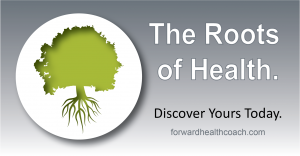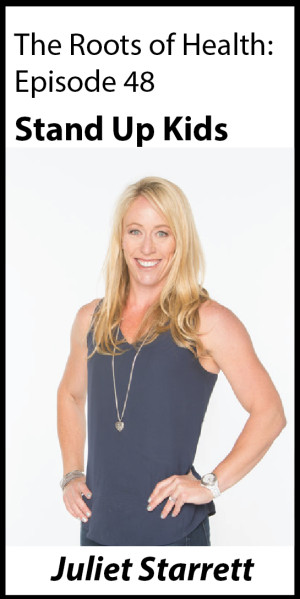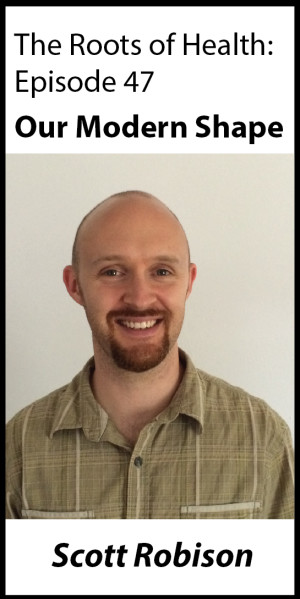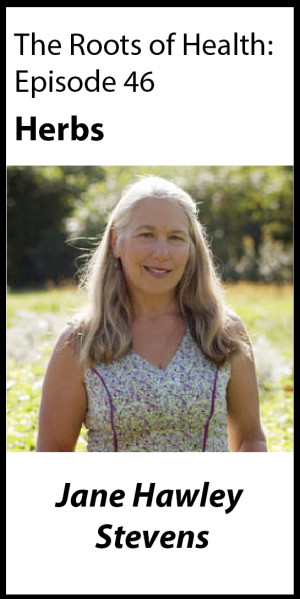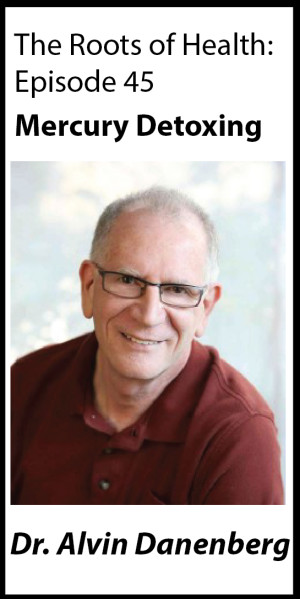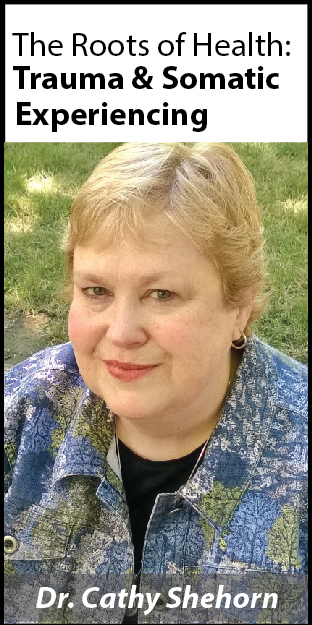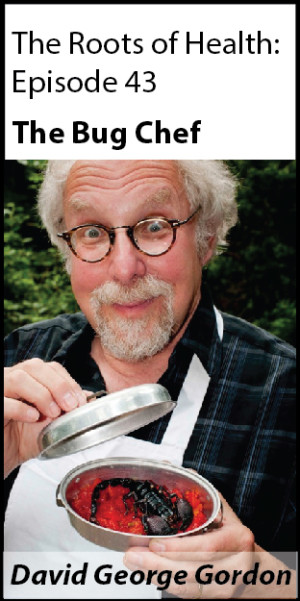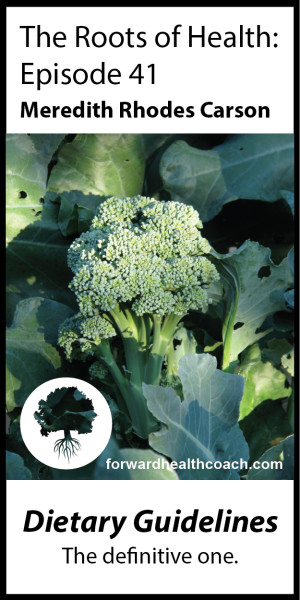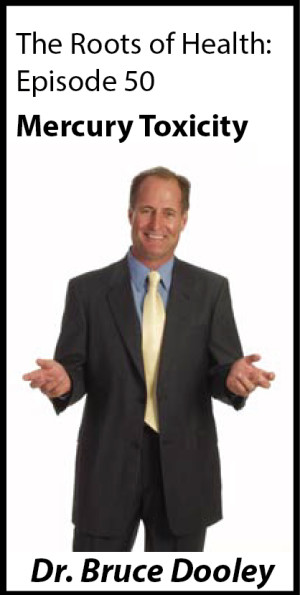 Click here to go right to the show in iTunes or on WebTalkRadio.net.
Click here to go right to the show in iTunes or on WebTalkRadio.net.
To me, heavy metal was my music of choice back in the 80’s. But these days, heavy metal means something entirely different. The term ‘heavy metal’ has become synonymous with metallic elements that are toxic to us in relatively low concentrations – or elements that can build up in our system over time. One particular heavy metal that I’ve been researching lately is mercury.
What does mercury toxicity mean for you? My guest today can help us to answer this question. Dr. Bruce Dooley practices integrative medicine – he’s treated over 30,000 patients for arteriosclerosis, memory problems, fatigue, autoimmune diseases and other chronic diseases, and has become an expert in the diagnosis and treatment of heavy metal toxicity.
We chatted about the World Health Organization’s data on mercury and that despite the EPA, FDA, and OSHA limits, a safe level of mercury has not yet been identified, I learned about an acute mercury exposure at Minamata, Japan, what micromercurialism is, about the bioaccumulation of mercury, how we can get mercury in our bodies, is it necessary to differentiate between elemental mercury, inorganic mercury, and methylmercury, the role of bacteria in creating methylmercury, where mercury is stored in our bodies, what health conditions are related to mercury toxicity, how can we measure our heavy metal load, how we can mobilize it to get it out of our bodies, and what can we do naturally to decrease our heavy metal burden.
For homework this week – go ahead and watch this video about the mercury vapors that come off of silver amalgams. Proceed with caution – proper safety precautions are required to remove those silver amalgams, otherwise you run the risk of contaminating your body with more mercury than you would’ve gotten from the amalgams if they were still in place.
You can subscribe to The Roots of Health at WebTalkRadio.net and also on iTunes.

